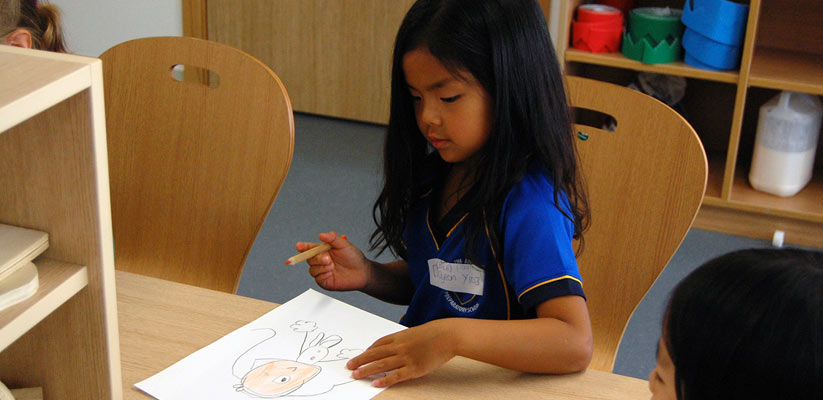Need creative inspiration? Let’s Gogh!
In my opinion, creativity is the single most important aspect that we must develop in children and young people. Not only does it help produce the next Van Gogh or Mozart, but it promotes and nurtures key life skills such as being independent thinkers and problem solvers as well as boosting their self-esteem at a young age – and it is these values that form the fundamental platform on which great and influential characters are made!
Indeed, there are many different ways in which both teachers and parents can help encourage creativity in our children:
1) Role play and drama
Allow children to “act out” different scenarios/places freely without it being too structured. Whether it is pirates, superheroes or even just re-enacting a family household in the role play area in the school, having the children act and use role play means that they are seeing things through different perspectives and exploring how people can feel different emotions. Get the dressing up box ready and allow them to come up with their own ideas (and you can even get involved yourself)!
2) Read to your child on a regular basis
Although younger children may not be able to read, even reading to them and allowing them to follow the pictures helps set their mind up for thinking creatively. Ask them questions about the story, such as how they think it will end, and how they think the characters might be feeling? Again, this will help children to see things from a contrasting viewpoint and it can even help with their social and emotional development.
3) Unstructured art with a range of materials
The key to this is having all the correct resources handy for the children to get spontaneously stuck in to! Art and crafts can get messy, but sometimes a bit of child-directed mayhem can get the creative juices flowing. Equip your child with plenty of paint, glitter, glue, sequins (whatever you can find!) and see what they can create independently.
4) Open-ended questioning
You can encourage curiosity and promote independence through the use of open-ended questions. Whether it is during story time or when they are drawing their favourite cartoon character, open-ended questioning inspires children to think using fresh, and often unexpected, ideas and ways of thinking.
5) Promoting physical development
All that cutting, sticking and glueing does wonders for a child’s fine motor skills! Even something as simple as getting used to holding a pencil or a paintbrush will help to improve their ongoing physical development. It doesn’t have to stop at arts and crafts; children can be encouraged to create their own dance moves and routines too!
6) There is no right or wrong
When it comes to creativity, there really is no right or wrong way to go about it. It is important that children enjoy the experience of exploring their own creativity and positive reinforcement can definitely help. Being creative (and being praised for it) can be a necessary factor for a child’s confidence and self-esteem.
Since taking on the Art Lead position at The Arcadia Preparatory School, I have been very excited to promote creativity to both the students and other teachers. Many lessons that are taught within the school already incorporate the use of creative thinking and doing, as ‘creativity’ is one of the six values at Arcadia. We are also currently undertaking a popular art project from ‘Drawings By Me’, whereby the children’s artwork becomes projected onto various articles of their parent’s choice, such as mugs, calendars and notebooks. I also look forward to planning art and crafts for important whole-school events, such as National Day and Flag Day.

